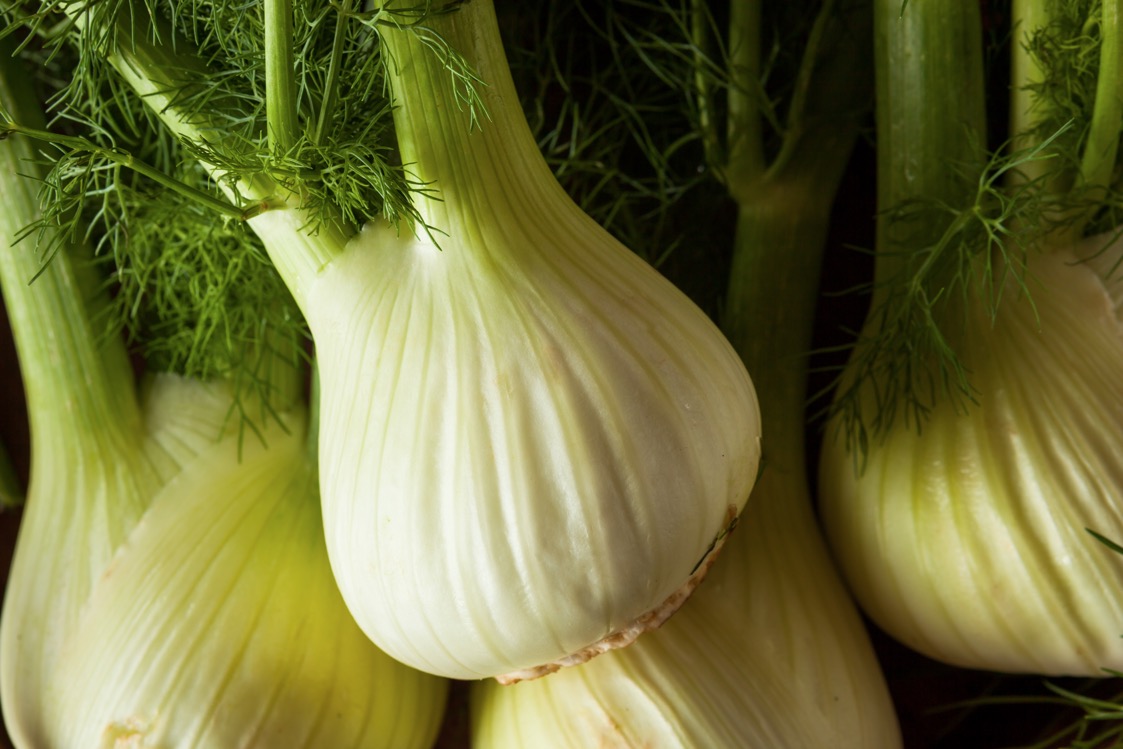Baby fennel
Baby fennel is a delicate, young variant of the fennel plant, showcasing a bulbous base and feathery green fronds. Its flavor is mildly sweet with a hint of anise, more subtle than its mature counterpart.
Characteristics of baby fennel
- Size: Baby fennel bulbs are usually about the size of a small fist or even smaller, more compact than the mature bulbs.
- Shape: They generally have a slightly rounded or elongated shape.
- Color: The bulb is usually a pale green to white color.
- Taste and Texture: Baby fennel is known for its sweeter and more delicate flavor compared to the mature bulb. The texture is crisp and slightly juicy when raw. When cooked, it becomes tender.
- Fronds: Like mature fennel, baby fennel also has feathery green fronds emerging from the bulb. These fronds are aromatic and can be used as a herb in various dishes.
- Anise Flavor: Baby fennel has a mild licorice or anise flavor, which is less pronounced than in mature fennel.
- Culinary Uses: Because of its delicate flavor and texture, baby fennel is versatile in the kitchen. It can be eaten raw in salads, braised, roasted, grilled, or sautéed. The fronds can be used as a garnish or added to dishes for a light anise aroma.
- Nutritional Profile: Fennel is a good source of dietary fiber, vitamin C, potassium, and other minerals. It also contains antioxidants and anethole, a compound known for its potential anti-inflammatory properties.
- Storage: Baby fennel should be stored in the refrigerator to maintain freshness. If they come with fronds, it can be helpful to store them in a plastic bag to retain moisture.
- Growing Season: Fennel prefers cooler weather and is generally planted in early spring or late summer for a fall harvest. Baby fennel is harvested earlier than mature fennel.
- Popularity: Baby fennel is popular in Mediterranean and Italian cuisines and is increasingly found in gourmet dishes and upscale restaurants due to its subtle and refined flavor.

